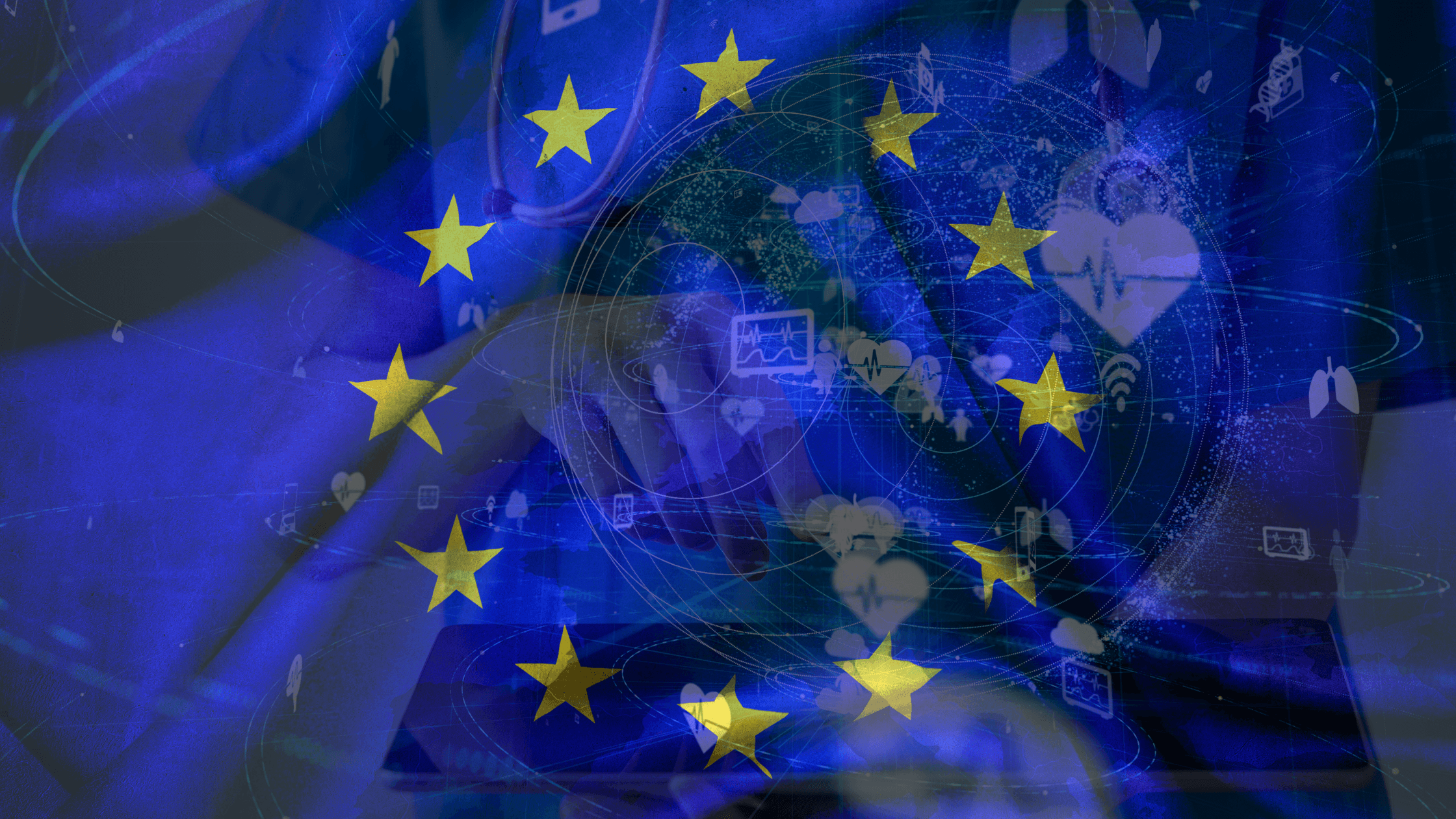it’s the final countdown
After entering into force on May 25, 2017, the European Union (EU) Medical Device Regulation (MDR) EU 2017/745 will be applied to all Member States from May 26, 2021, after a one-year extension due to the ongoing pandemic.
In a previous blog post, we discussed the key aspects of the regulation, namely the stricter regulatory compliance and language requirements. Now that the countdown is coming to an end, we’ll discuss the main challenges faced by manufacturers and how CQ fluency can support a smooth transition period.
capacity of notified bodies
Under the new MDR, Notified Bodies (NBs) are under increased pressure. While these stakeholders previously acted as industry partners, they are now decision-makers regarding medical devices’ market access.
Since NBs have a key role in the conformity assessment of medical devices, they are also under increased scrutiny from the European Commission. In order to maintain their designation, NBs are required to demonstrate increased technical expertise in their scope of designation, as well as improved quality management systems. They will also have stricter requirements for highly qualified staff and will be obliged to request expert panels to scrutinize their clinical evaluation assessment reports for class III and implantable devices. Taken together, these qualification and accreditation requirements put some considerable pressure on NBs, which will impact their available bandwidth for evaluating devices once the MDR is applied.
At the moment there are 19 NBs listed in the New Approach Notified and Designated Organisations (NANDO) database as capable of issuing conformity certificates. Still, manufacturers’ will have to bear in mind the specialization and technical competence of the NB, as not all will assess higher risk devices or have experience in all therapeutic areas. Although the number of NBs will likely increase in the future, they are subject to a process that usually takes over 18 months to complete, from application to inclusion in the NANDO database.
Therefore, manufacturers are advised to get in contact with their potential NBs well in advance, not only to make sure they cover the intended therapeutic areas but also that they have the capacity to evaluate or recertificate the devices in time.
Eudamed database is behind schedule
Eudamed is a platform that will be used to monitor the safety and performance of devices under the MDR in a more transparent way. According to the European Commission, this will be a multipurpose system, with public and restricted domains, which will have registration, collaborative, notification, and dissemination functions. Due to its complexity and size, the Eudamed database is still incomplete and behind schedule, which brings some uncertainty regarding its readiness and availability.
In December 2020, the first module, regarding actor registration, was launched. This module is key to accessing and using Eudamed, allowing economic operators (manufacturers, distributors, authorized representatives, and importers) to obtain a single registration number (SRN) which provides an EU-wide unique identification. The advantage of getting an SRN early is to include in it the relevant regulatory documentation which will be always necessary to submit a medical device. Registration as an actor in the Eudamed database is also mandatory before using the other modules, so it is advisable to get registered as soon as possible, and preferable before the end of April 2021.
The estimated roll-out for the Unique Device Identification (UDI), device registration, and notified bodies certificates modules are expected until May 2021, while the remaining vigilance, market surveillance, and clinical investigations modules will be active once they are functional or 26 May 2022 at the latest.
The delay in some Eudamed functionalities can give manufacturers some more time to prepare all the documents necessary, namely the ones that will be under the public domain. Still, the Eudamed delay is independent of the MDR application, so these documents must be prepared, nonetheless.
The question that arises is: where to post these documents? Many manufacturers are opting for proactively preparing the documents and saving them in their own databases until upload into the Eudamed database is available.
COVID-19 delay and restrictions
Prior to the ongoing pandemic, the European Commission repeatedly stated its opposition to any delays, but the challenges imposed by COVID-19 to the healthcare and medical device industry led to the postponement of the MDR application until May 26, 2021.
Despite this extension, travel and quarantine restrictions imposed by COVID-19 continue to affect NBs’ ability to perform the mandatory on-site audits on the manufacturers’ premises. This inability to perform audits was an additional source of anxiety for all stakeholders, but in January 2021 the European Commission cleared the path for NBs to perform remote audits during these exceptional times. This way, the NBs will be able to complete the required audits using communication technologies with an appropriate level of security, integrity, confidentiality, and data protection. Still, as any on-site audit, a remote audit should cover all relevant activities including documentation review, interview of employees, and tour of the manufacturers’ facilities.
ensuring a successful transition
While medical device manufacturers had an extra year to prepare for the new MDR, there are still some challenges to overcome. Notified Bodies are stretched to capacity, the Eudamed bottleneck persists, and COVID-19-related restrictions interfere with on-site audits.
These are not reasons to panic, though. With adequate planning and the right partners, it is possible to make any last-minute preparations.
we are experts in regulatory compliance
CQ fluency understands and can support you in complying with the EU MDR Directive. We are fully prepared to assist you with any medical device translation requirements for a successful transition of your products to the new EU MDR. Get in touch today to learn more about our medical device compliance expertise.
